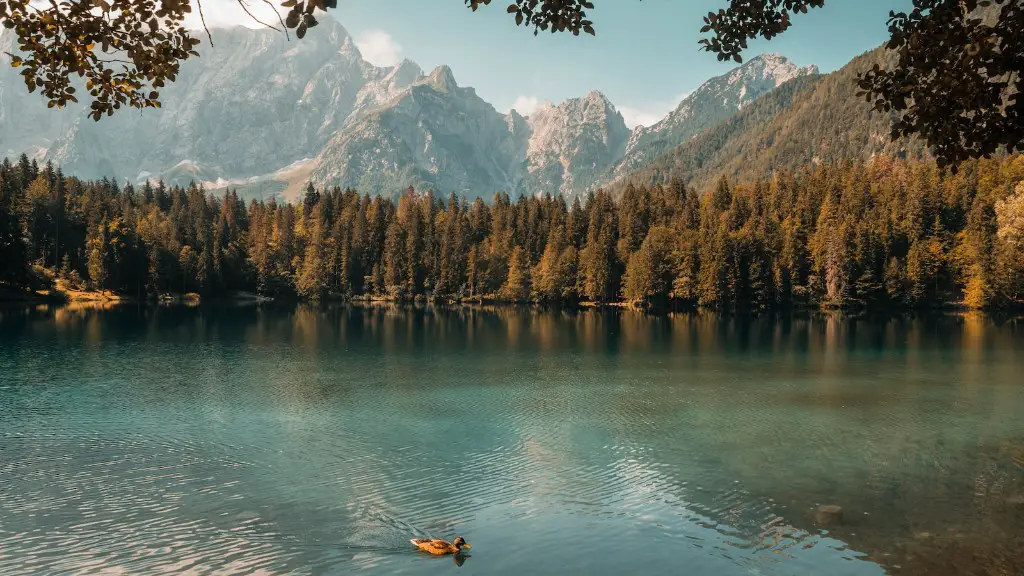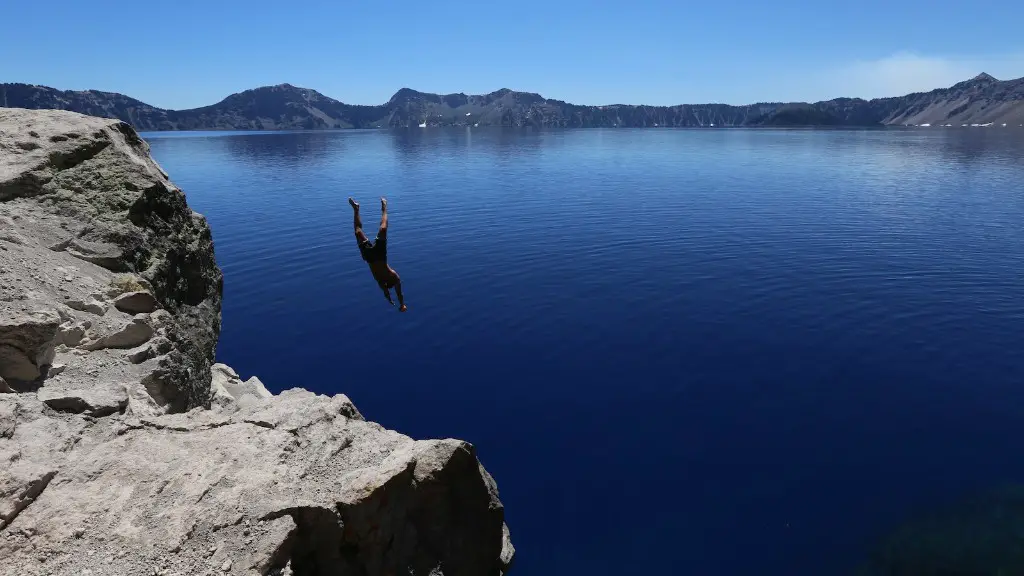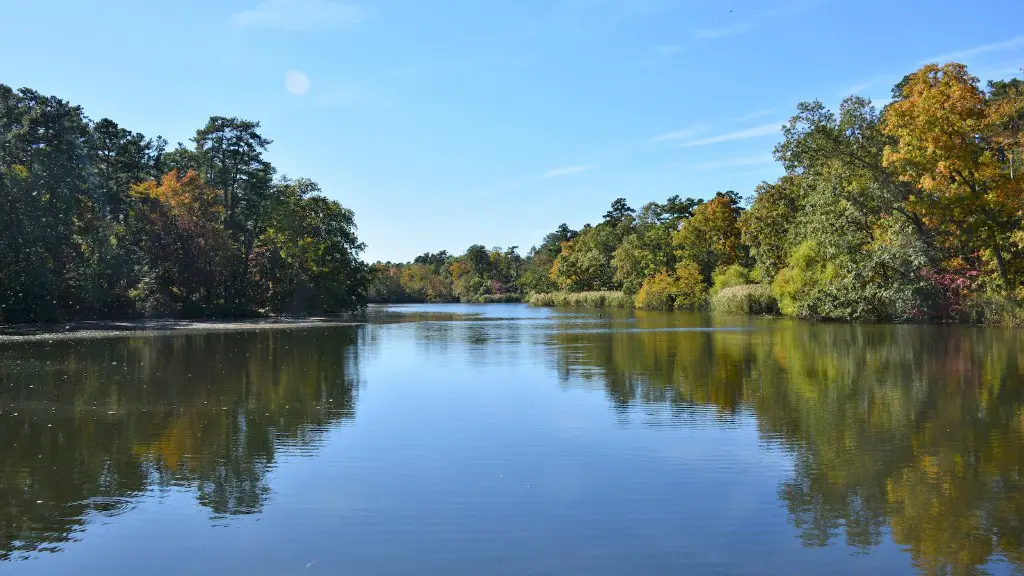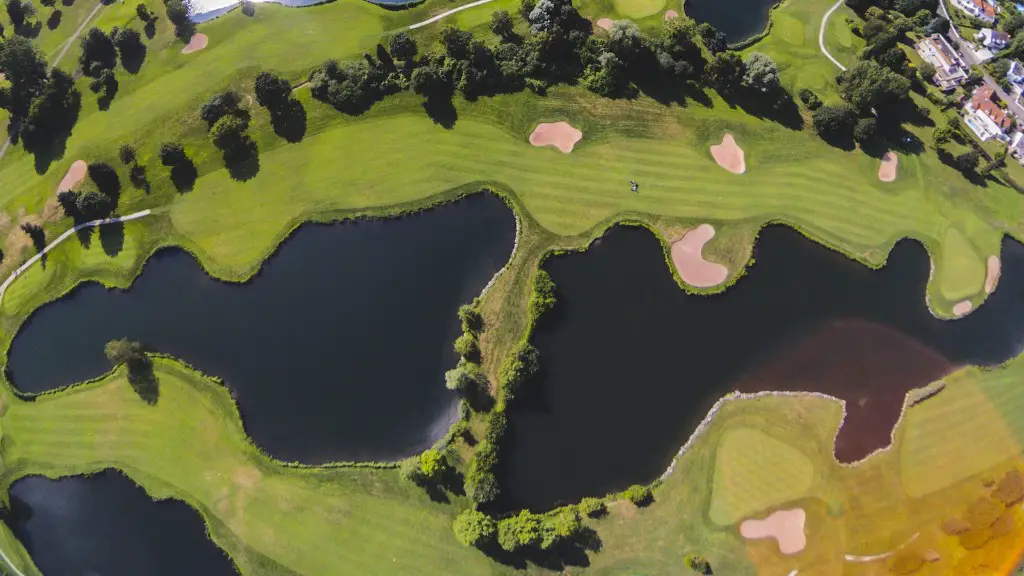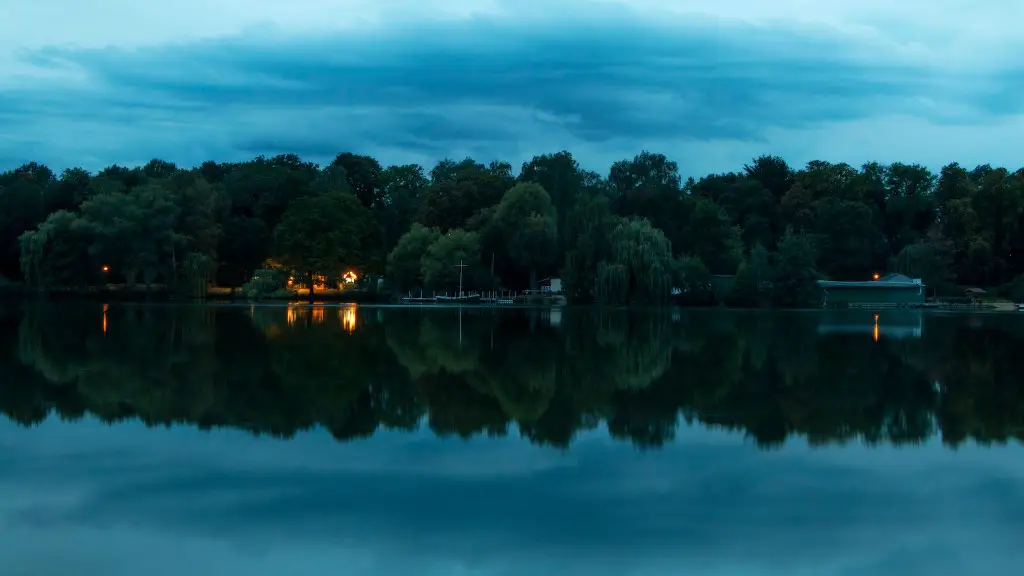Almost a century ago, Lake Michigan was once a haven for walleye, whitefish, perch, and other fish. From the 1950s onwards, the lake actually started to decline in these species, much to the dismay of the fishermen and the general public that called it home. This was the result of increasing temperatures around the lake, and consequently, the lake’s water temperature rose significantly.
Aside from temperature, the concentrations of phosphorus, carbon, and nitrogen also increased, leading some experts to link the lake’s run-down condition to the region’s heavy development and industrialization. With these changes, came not only a decrease in fish species, but also a significant drop in the lake’s typical wintertime ice cover.
Not only has the ice cover decreased over the years, but the type of ice out on Lake Michigan has also changed significantly. Scientists agree that the ice that makes its way to the shores of Lake Michigan is not the traditional “large floe” type of ice seen in most colder climates. This phenomenon is likely due to the temperature of Lake Michigan’s surface water comparatively being warmer than other bodies of water.
The impact of climate change has been a constant topic in the Lake Michigan area, with both the scientific community and the public considering how the lake’s health will be affected in the long run. For instance, it is now believed that the lack of ice formation on the lake’s surface could lead to an uptick in environmental hazards due to the increased absorption of solar energy by the waters. This could result in an even harsher temperature increase in the canyon areas of the lake, leading to a shift in water chemistry, leading to a decrease in summertime oxygen levels and an increase in the possibility of algae growth.
Today, the ice cover on Lake Michigan is less than what it was before, with very little large floes present. The trend of decreasing wintertime ice cover on Lake Michigan has resulted in a growing debate among experts as to what this could mean for the lake’s future. While some may doubt the effects of the lake’s ice cover decreasing, the warmer temperatures of this body of water combined with evidence from recent data suggest that this decrease should not be ignored.
Impact of Ice Decline on Tourism
The lack of ice cover on Lake Michigan has led to a subsequent decrease in tourism in the area, as the lake usually serves as an anchor to the region’s winter economy. Restaurants, stores, and even hotels can experience a significant drop in visitors and customers seeing as most of them are dependent on recreational activities that involve the lake itself. More people tend to go during the warmer and more stable months, leading to a seasonal dip in this tourism and hospitality sector.
To make matters worse, not only is the decrease in ice leading to a drop in tourism, but this also makes it very difficult for businesses to plan ahead of their respective winter seasons. This is because, due to the decreased wintertime ice cover and warmer temperature of Lake Michigan if compared to past years, it is hard to predict the number of visitors a certain business could expect.
Thus, the decrease in ice cover on Lake Michigan affects not only the lake’s biodiversity and environment, but also the economy of the region as an inability to accurately predict the wintertime visitor count is significantly disrupting the planning/budgeting of affected businesses.
Reasons For Decrease
There are multiple factors that could have contributed to the decrease in ice cover on Lake Michigan, each having a unique impact of its own. To start, there is the rise in the lake’s water temperature, which is in turn caused by factors such as increasing air temperatures, the heating of industrial plants and the heated wastewater the lake receives.
Apart from this, other factors such as changes in the lake’s thermal regimes, shoreline modifications, and the effects of wave action also play a role in the reduced formation of ice floes. Experts also state that the decrease in ice cover could also be linked to the lake undergoing a long-term ‘regime shift’, resulting in the lake’s changing pattern of summertime turbulent energy and wave action.
At the same time, human-induced pollution could also have an effect on the lake’s ecosystem, and thus on temperature, salinity and clarity of the water. It is highly likely that, due to the number of artificial pollutants released into the lake, this could disturb the formation of ice on its surface, furthering the disappearance of the wintertime ice cover.
Falling Water Levels
A more recent influence to the decreasing ice cover on Lake Michigan is the fall of the lake’s water level, which is an ongoing issue since 2013. Starting from July of 2020, Lake Michigan’s water level is measured at a shocking 581.3 feet, making it the lowest it has ever been. The drop in the lake’s water level could be the direct result of increased evaporation, paired with decreased precipitation throughout the region.
Such a drastic fall in the lake’s water level has caused the usual rise in boulderization and algal blooms in addition to an increase in sedimentation. This has led to instances where the bottom of the lake is exposed leading to a decrease in larger ice formation, since this expanse of land requires far more energy to freeze.
The drop in the lake’s water level has been a problem for many especially those who rely on it for entertainment, fishing, and transportation purposes. This can be observed through the numerous strain it puts on the lake’s quality, the safety of boaters, among other factors.
The Decline of Fish Species
The decrease in ice could have a remarkable effect on the lake’s fish population. This is because the lake’s warmer water temperatures can create conditions where the water has insufficient oxygen levels and an excess of sedimentation. These two factors can significantly inhibit the growth of fish, leading to a general decrease in the lake’s population.
Furthermore, with warmer temperatures come different types of fish and their habitats. Walleye and whitefish, which are coldwater species, are becoming more and more rare to spot on the lake due to their preferences for cooler waters. On the other hand, species like the Common Carp, Largemouth Bass, and Smallmouth Bass, seem to thrive in the lake’s warmer conditions, with the latter being the most common fish species seen being caught by fishermen.
Overall, the swift rise in the lake’s temperatures has had a direct impact on the lake’s fish population, leading to a decrease in species like walleye, whitefish, and perch. The ice cover may have a part to play in revitalizing the lake’s fish population, however, the degree of influence it has on the lake’s overall health is still largely unknown.
Effects On the Marine Ecosystem
The decrease in the lake’sice cover could extend to other species, not just the fish population. Along with temperatures rising, the decrease in ice cover also affects the water’s bacteria and phytoplankton, which are responsible for keeping the lake’s water cycle in order.
The increase in temperatures can also bring about biological effects, drastically changing the lake’s ecosystem. For instance, warmer water from the lake’s surface eventually makes its way to the lake’s deeper canyons and crevices, altering the temperature of the water which, in turn, affects the lake’s bacteria, plankton, and various other organisms. Additionally, the decrease in ice cover could also result in the lake’s water becoming less homogenous and more stratified.
Apart from the lake’s organisms, the effects of reduced ice cover could also extend to some of the region’s most prominent birds. This is especially true if one were to consider the sudden rise in temperatures and the influx of different aquatic species that are being introduced to Lake Michigan as a result. Thus, the decrease in ice cover may not only affect organisms within the lake but could also extend to the wildlife inhabiting the region.
Reducing Pollution to Restore Ice Coverage
Due to the modern human lifestyle, the decrease in the lake’s ice cover can be attributed to several pollutants that make their way through the lake and consequently affect the water’s chemistry and habitat. It is only when steps are taken to limit the artificial inputs of pollutants into the lake that the ice cover can begin to grow again. Controlling the water’s level of acidity, as well as monitoring concentrations of substances like carbon and nitrogen, are key steps towards restoring Lake Michigan’s wintertime ice cover.
At the same time, reducing the amount of energy Industrial plants and factories release into the lake is paramount in keeping the water temperatures of the lake at healthier levels. Regular maintenance of the riverbanks and ensuring there is less waste discharged into the lake by human activity is also important in keeping Lake Michigan’s ice cover consistent.
The burning of fossil fuels is also highly harmful to the lake’s environment, with the resulting annual influx of carbon dioxide leading to an increase in atmospheric and surface temperatures. This, in turn, leads to an increase in the lake’s water temperature, furthering the difficulty of maintaining a consistent ice coverage across the lake.
Changes in Bathymetry
The decrease in the lake’sice cover can also be attributed to changes in the lake’s bathymetry. This is because lake depths and shallow areas of the lake also play a large role in freeze formation. Smaller shallows (ranging from a few to about 20 feet in depth) tend to freeze more easily than deeper waters, since shallow areas lack the insulating ability of the deeper waters.
At the same time, changes in the lake’s depth may also affect the lake’s overall ice cover. With certain sections of the lake becoming shallower and others becoming deeper, the lake may eventually become susceptive to temperature fluctuations, leading to variations in the lake’s ice cover by season.
Despite this, some experts also agree that Lake Michigan is not as shallow as it once was and in fact, its increasing depth may also be a factor why the lake’s ice cover is increasingly becoming inconsistent. Whenever the lake undergoes deeper sections and therefore a decrease in its shallow areas, fractions of the lake become far more difficult to freeze on the surface leading to an eventual decrease in ice formation.
Examining the Future
It is pretty clear that the wintertime ice coverage on Lake Michigan is decreasing with evidence showing a subtle shift in the lake’s typical climate conditions. For this reason, it is important to begin to consider the future of the lake’s ecology, and the overall changes it might go through in the long run.
To determine the lake’s condition and its potential effects, future research should also be conducted in order to properly decipher the underlying causes for the decreased ice cover, as well as effective ways to restore the ice cover and diminish the effects of temperature increase in the region. However, despite this, the effects of climate change continue to present a perpetual challenge to Lake Michigan’s ecology.
The effects of the decrease in ice cover can be seen on not just the lake’s environment, but also on the
